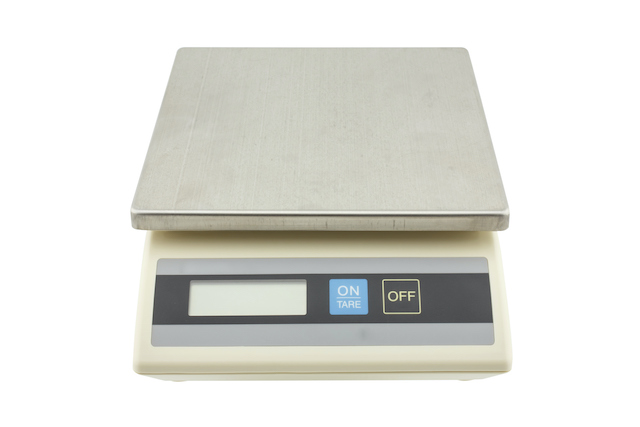
We’ll cover the differences between analytical balances and precision balances in this blog!
There are many different types of lab balances available for you to pick from. Your decision will ultimately depend on the types of experiments and tests that you are conducting in your laboratory. Each balance comes with different features and recommendations for their use. Before you buy a balance, there are a few questions to consider when buying new lab equipment. The application that will be measured, the maximum capacity required, and the accuracy needed. In today’s blog, we’ll cover the differences between analytical balances and precision balances!
Analytical Balances
Analytical balances have been designed to measure smaller masses with great precision. Analytical balances are quite sensitive and are able to measure up to four decimal points to the immediate right of the decimal point. An analytical balance is so sensitive that air currents can affect the measurement. A draft shield is provided to prevent any inaccurate readings. A dedicated spot should be designated to prevent any environmental interference. Analytical balances require consistent calibration and have to be monitored carefully. A lot of balances include an automatic internal motorized weight for calibration. External weights could also be used for daily checks of the balance. These types of balances are mainly used in chemistry and pharmaceutical, R&D applications.
Precision Balances
Precision balances are also known as top-loading balances. These balances are considered semi-analytical since they’re less accurate than your standard analytical balance, with a readability of three decimal places or less to the right of the decimal point. They are also less sensitive to environmental conditions and give readouts within seconds.
For close and extreme accuracy, an analytical or semi-micro balance is a better choice for most laboratories. Balances can have readability up to 0.00012 mg, these are considered ultra-micro units. If extreme accuracy isn’t as necessary, the precision balances will work just as fine in measuring the overall accuracy of 0.001g. There are various other types of balances available on the market today that aren’t covered in this blog (such semi-micro, micro, moisture analyzers, and more. However, we do encourage you to research them. If you need help deciding on a particular type of laboratory balance, give the Lab People a call today!
FOR ALL LAB EQUIPMENT AND LAB NEEDS, CONTACT LAB PEOPLE TODAY
The Lab People Inc. is a trusted provider of laboratory equipment, services, supplies, and rental equipment for you and your laboratory. As an ISO 17025 accredited service organization, we stand behind our services with 100% satisfaction guaranteed for all of our customers. We are here to provide you with the best lab equipment service, equipment, and supplies.
For more information about how we can assist you, visit our website, email us, or give us a call at 1-800-296-2001!
Do not forget to follow us on Facebook, Twitter, and Linkedin!
